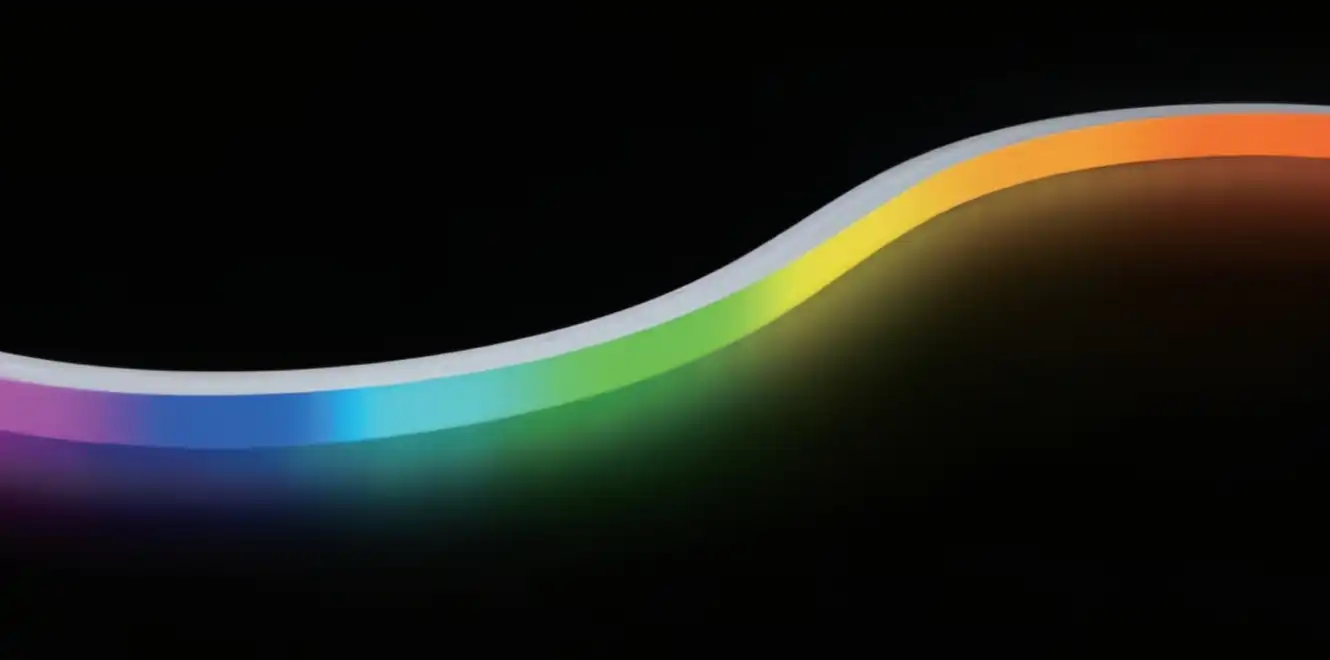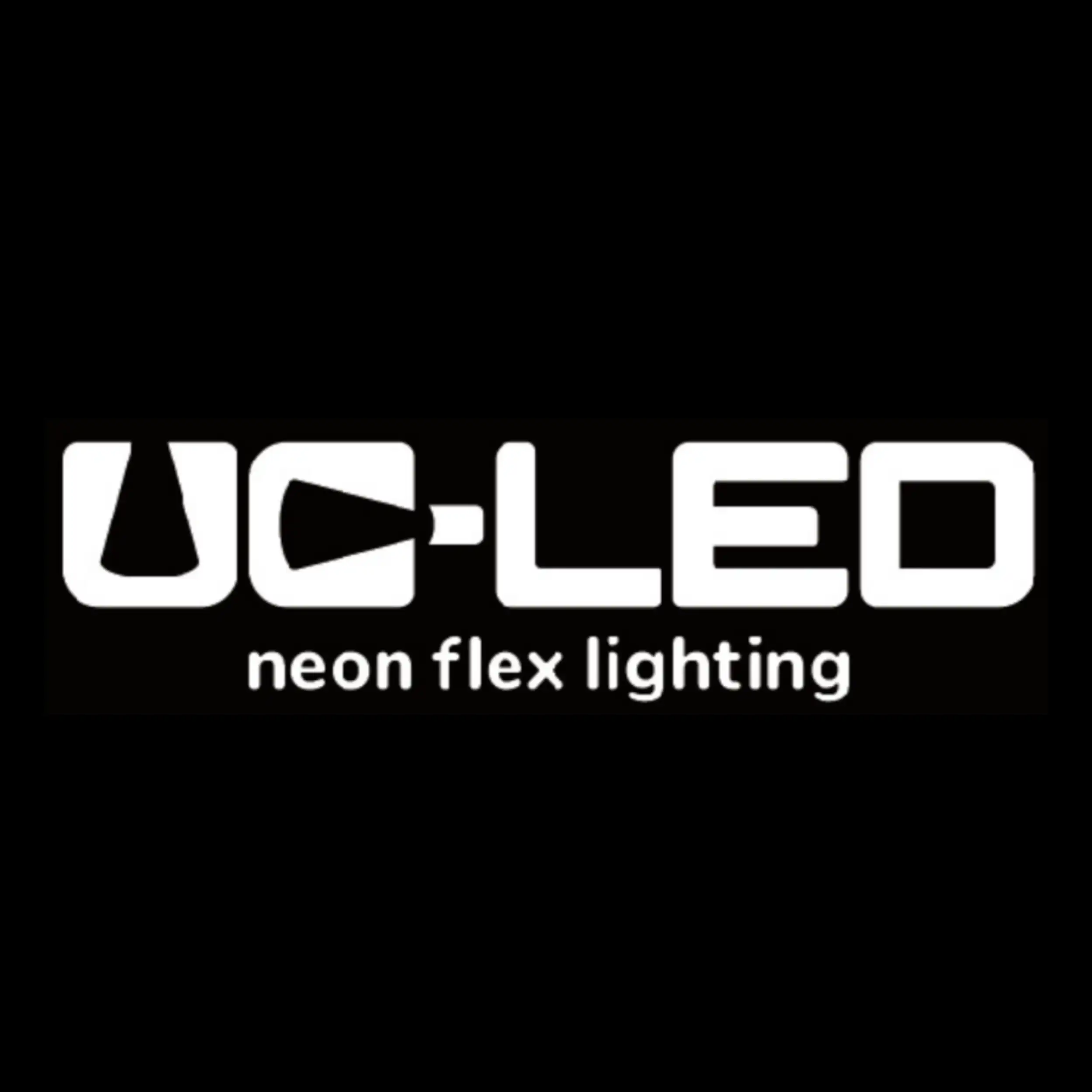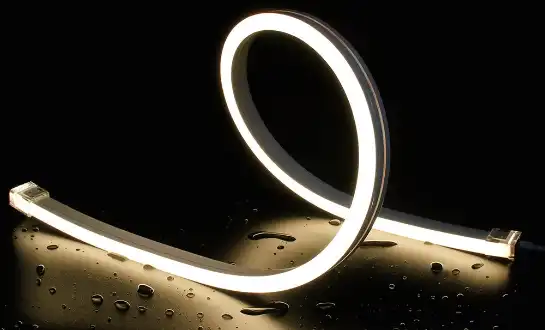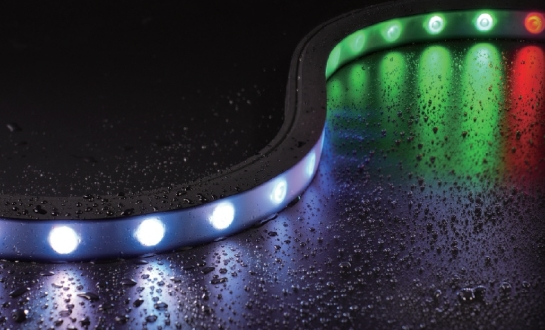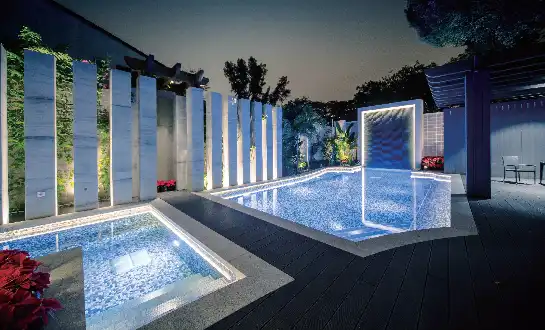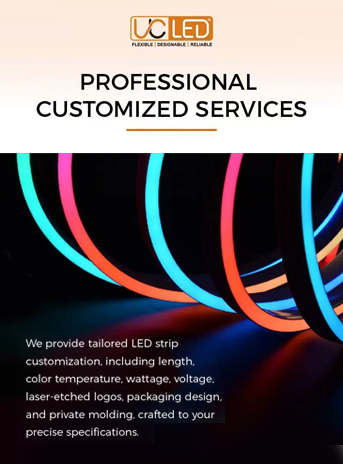DMX512 Control Systems for Smart LED Neon Flex
DMX512 (Digital Multiplex) is a robust and widely-used protocol in the lighting industry, offering precise control over Smart LED Neon Flex installations. This control system is particularly advantageous for large-scale projects or installations requiring complex lighting effects.
Benefits of DMX512 Control
DMX512 control systems provide unparalleled flexibility and precision for Smart LED Neon Flex. They allow for individual addressing of LED segments, enabling intricate color patterns and dynamic effects. This level of control is crucial for creating immersive lighting experiences in venues such as theaters, concert halls, and high-end architectural installations.
Implementation and Compatibility
To implement DMX512 control for Smart LED Neon Flex, you'll need a DMX controller and DMX-compatible LED drivers for proper operation. Many modern Smart LED Neon Flex products come with built-in DMX compatibility, simplifying the integration process and reducing setup time. When selecting a DMX controller, consider factors such as the number of channels required, ease of programming, and full compatibility with your specific LED Neon Flex model.
Wi-Fi and Bluetooth Control Options
Wireless control systems have gained popularity due to their convenience and ease of installation. Wi-Fi and Bluetooth-enabled Smart LED Neon Flex controllers offer user-friendly interfaces through smartphone apps or dedicated remote controls.
Wi-Fi Control Advantages
Wi-Fi control systems for Smart LED Neon Flex provide extended range and the ability to control multiple zones or installations from a single device. They often support integration with smart home systems, allowing for voice control through platforms like Amazon Alexa or Google Home. Wi-Fi controllers can also enable remote access, letting you manage your lighting from anywhere with an internet connection.
Bluetooth Control Features
Bluetooth controllers offer a more localized and convenient control option, ideal for smaller installations or situations where Wi-Fi connectivity is limited or unreliable. These systems typically have a range of up to 30 meters and provide a direct, low-latency connection between the controller and the Smart LED Neon Flex. Additionally, Bluetooth controllers are often more energy-efficient, compact, and can be an excellent choice for battery-powered, portable, or temporary installations.
Advanced Integration and Smart Home Compatibility
As smart home technology continues to evolve, integrating Smart LED Neon Flex with existing home automation systems has become increasingly popular. This integration allows for seamless control of lighting alongside other smart devices, creating a cohesive and intelligent living environment.
MQTT Protocol Integration
The MQTT (Message Queuing Telemetry Transport) protocol is rapidly gaining traction within the smart lighting industry due to its efficiency and reliability. It enables low-bandwidth, real-time communication between multiple devices, making it an ideal solution for integrating Smart LED Neon Flex into broader IoT (Internet of Things) ecosystems. MQTT-enabled controllers allow for advanced automation, including adjusting lighting based on occupancy sensors, time schedules, ambient light levels, or weather conditions, ensuring optimal energy efficiency and user convenience.
API-Based Control Systems
For developers and technically advanced users, API-based control systems provide unparalleled flexibility in managing Smart LED Neon Flex installations. These systems enable custom software development and seamless integration with proprietary control systems, third-party applications, or specialized automation setups. API-based controls are particularly valuable in commercial, industrial, or large-scale projects where specific lighting patterns, dynamic effects, or automated responses are required, ensuring precise control, enhanced efficiency, and a fully customized user experience.
Conclusion
The choice of control system for your Smart LED Neon Flex installation depends on various factors, including the scale of the project, desired features, and integration requirements. Whether you opt for the precision of DMX512, the convenience of wireless controls, or the advanced integration capabilities of MQTT or API-based systems, there's a solution to meet your needs. As technology continues to advance, we can expect even more innovative control options to emerge, further enhancing the versatility and functionality of Smart LED Neon Flex lighting.
FAQ
What is the maximum length of Smart LED Neon Flex that can be controlled by a single system?
The maximum controllable length varies depending on the control system and power supply. Generally, DMX512 systems can control longer runs, up to several hundred meters, while Wi-Fi or Bluetooth systems may be limited to shorter lengths.
Can Smart LED Neon Flex be dimmed using these control systems?
Yes, most control systems for Smart LED Neon Flex support dimming functionality, allowing you to adjust brightness levels to suit your needs.
Is it possible to synchronize multiple Smart LED Neon Flex installations?
Absolutely. Many control systems, especially DMX512 and Wi-Fi-based options, allow for synchronization of multiple installations, creating cohesive lighting displays across large areas.
Why Choose QUAN HE for Your Smart LED Neon Flex Needs?
At QUAN HE Lighting Co., Ltd., we pride ourselves on being a leading manufacturer and supplier of high-quality Smart LED Neon Flex products. Our state-of-the-art factory, spanning over 5,000m², is equipped with cutting-edge technology to ensure superior product quality and consistency. We offer customizable solutions to meet your specific lighting requirements, backed by our extensive experience in OEM and ODM services. With a monthly production capacity of 500,000 meters and certifications including UL, CE, and ROHS, we guarantee reliability and performance. Choose QUAN HE for innovative, energy-efficient, and durable Smart LED Neon Flex solutions. Contact us at Linda@uc-led.com to discuss your lighting project needs.
